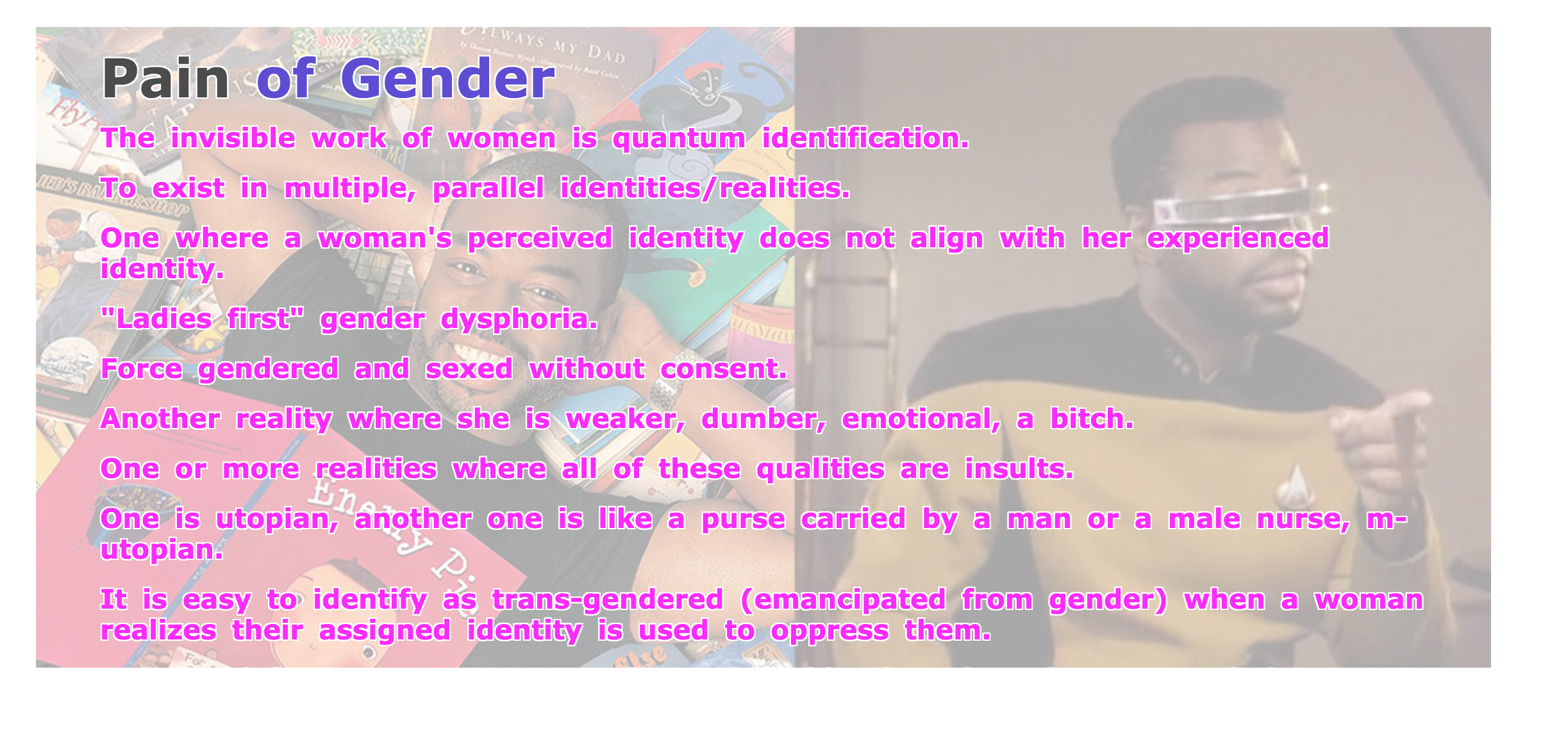In Li Zhongkai’s Gazing, an interactive five channel video positions viewers in a world where “the gaze” asserts authority. In his schematic, Zhongkai introduces the philosophical backbone of his work, identifying with theorists like Michael Foucault and Jean-Paul Sartre. After introducing themes from cartesian dualism to feminist film theory, Zhongkai brings viewers into video room with four other strangers. In this room, viewers experience the power that often comes hand-in-hand with voyeurism.
Zhongkai created a companion piece, Gazing II [This link is no longer available], (2020) where the artist shifts the original rotational view to an interactive 20-channel “picnic” of strangers. The grid display is familiar in a culture of Zoom grids during the pandemic, and asks us to break bread with a selected group of diners in an attempt for form a digital community with other viewers.
In order to experience this piece, web camera access must be enabled when prompted.
:::
Check out Alexis Angelus’s response to Gazing.
:::
 Multi-disciplinary artist, filmmaker, and designer Zhongkai Li blends a fascination with fine art, technology, and history in his working practice. Born in Changsha, China, Li’s recent research challenges and subverts conventional subject-object relationships between viewer and content. Li approaches time-based media with a focus on a dualistic method, examining the different ways of interplay between narration, moving images, and sounds in physical and digital space. Li holds an MFA in graphic design from Yale University.
Multi-disciplinary artist, filmmaker, and designer Zhongkai Li blends a fascination with fine art, technology, and history in his working practice. Born in Changsha, China, Li’s recent research challenges and subverts conventional subject-object relationships between viewer and content. Li approaches time-based media with a focus on a dualistic method, examining the different ways of interplay between narration, moving images, and sounds in physical and digital space. Li holds an MFA in graphic design from Yale University.
Response to Gazing | Alexis Angelus →



